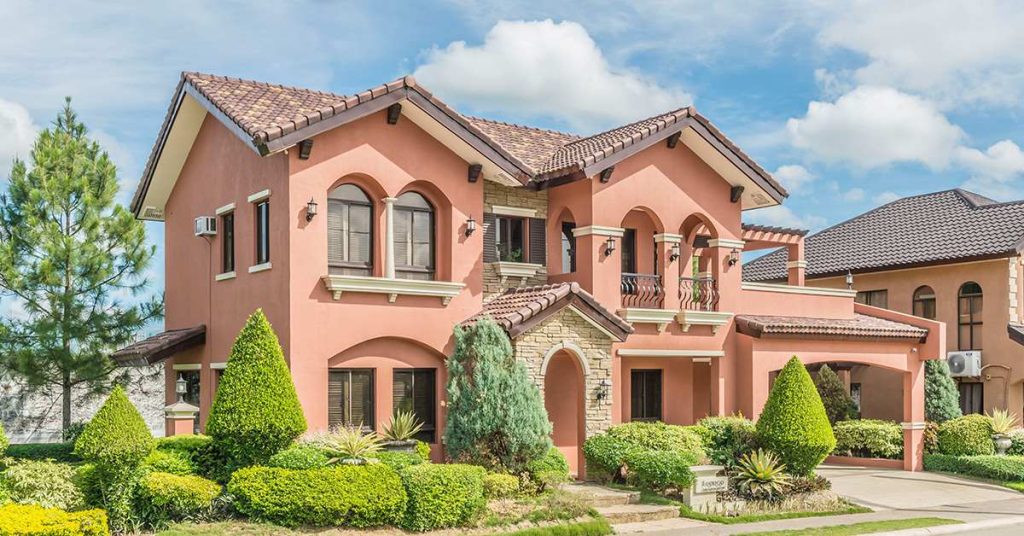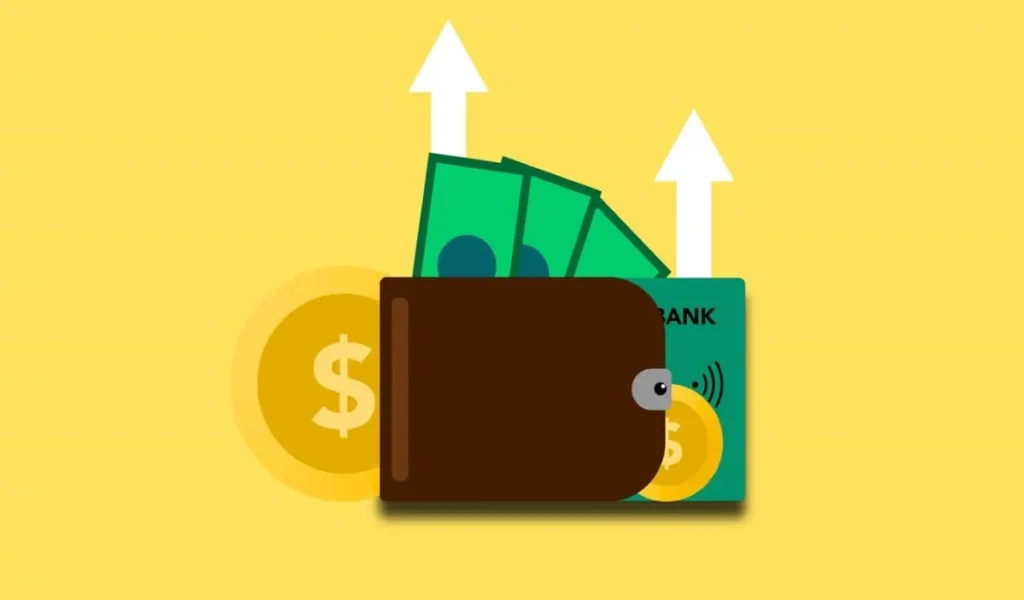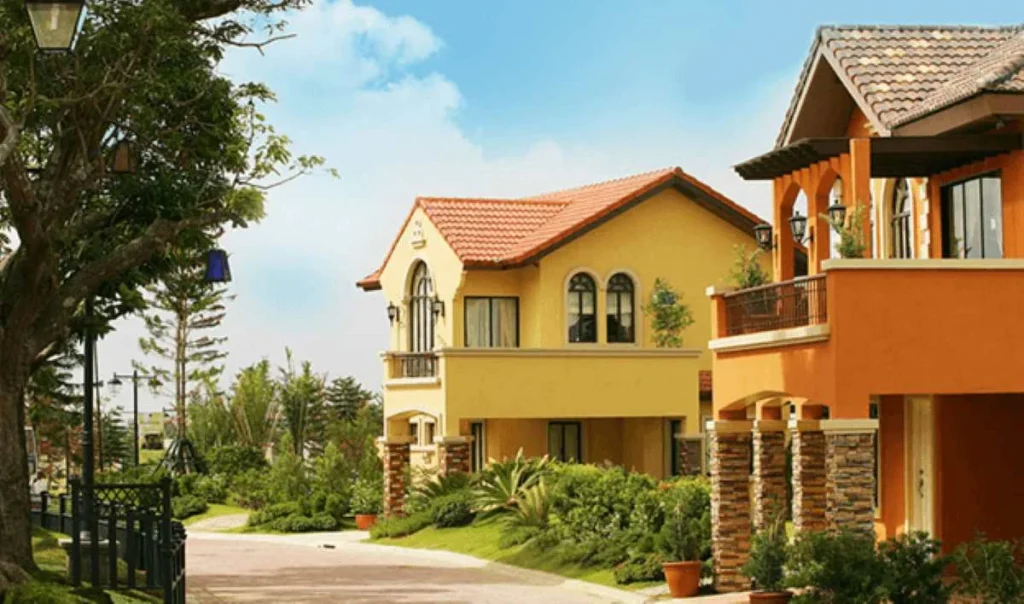Investing has been more and more widespread, especially for millennials, because there are so many options you can do that are now easily accessible to the public. Be it stocks or putting up an RFO house and lot for rent, almost everything is in your reach, and you just have to know how to begin. So, why don’t we start by showing you the different types of investments?
Different Types of Investments
There are various types of investments that you can venture on. Let’s run you through each type and some examples under them to help you expand your options and see which one may work for you.
Ownership Investments
First are ownership investments. These are the type of investments where you own a piece of something, be it a property, company, or any type of business that has the capacity to generate revenue and profit.
Ownership investments involve your contribution to a company’s capital. How much you own of that property or business will depend on the amount you invest into it. You can own only a part of the property or company, but you can also purchase all of it.
Moreover, the value of the assets you invest in may fluctuate depending on the market conditions, which can potentially give you high returns. There are different types of ownership investments, including:

Real Estate
This is a very popular ownership investment type. This involves owning land, structure, or crops. Houses, RFO house and lot, condos, and other residential buildings are the most commonly owned investment in real estate.
Business
This type of investment involves creating a product or a service that you can sell to a particular target market, which can potentially yield high returns. You can also buy an existing business if you have the capital for it.
Common Stocks
When a company wants to raise money, it opens itself to the stock market so that investors can share ownership in the form of stocks. This means you own part of the company, giving you the right to a portion of their income and value. However, there is no guaranteed return on investment houses unless you put your money on big companies called “blue chips” for lower risk.
Collectibles and Precious Objects
This type of investment involves owning rare items, paintings, and (usually) gold. However, there are some inherent risks that come with choosing collectibles as an investment. The biggest reason is its maintenance cost before it increases in value.

Cash equivalents
Cash equivalents are types of investments that are considered “as good as cash,” which basically means these assets can be easily and quickly converted into cash. These are also considered to be liquid assets and are the least risky type of investment. Some examples include:
Money Market Funds
These are just like savings accounts that can be purchased in any bank. Other types of money market funds involve investing mostly in tax-exempt municipal securities, bank debt securities, and government securities.
Treasury Bills
These are short-dated government securities that you can invest with a minimum of 500,000 pesos. While the initial capital is high, treasury bills are practically risk-free because the government will never fail to pay its own currency debt. You can invest through registered Broker-Dealer of Fixed Income Securities banks or persons.
Commercial Papers
These are unsecured forms of a promissory note issued by SEC-registered Philippine corporations to fund short-term obligations. These are commonly issued by companies to finance payables, payrolls, inventory, and other short-term liabilities.
Lending Investments
Lending money is a type of investment that is generally low risk but with relatively fair returns. This type of investment is also considered low risk because, technically, you can take your money back anytime you want.
A “bond” is the umbrella term for any type of lending investment. Other types of lending investments include:
Savings Accounts
Regular savings accounts are an investment since you are essentially lending your money to a bank. The bank, in return, will pay you a certain interest, which is the profit they earned using your money. However, the interest rate will depend on what bank you choose. Most of the time, they’ll have a minimum amount of deposit before your account can earn interest. If you want higher interest rates, you can choose ING or CIMB banks if you’re comfortable with fully-online banks.
Bonds
Purchasing a bond means loaning money to a company, organization, or corporation, and then you get paid with a fixed interest rate. Just like stocks, bonds and mutual funds can be purchased from a broker through a service or brokerage channels.
Certificate of Deposits
These are similar to savings accounts as they are issued by banks as proof that you agreed to leave a particular amount with them. The only difference is, you can’t withdraw your money for a certain period.
Now that you know the different types of investments you can venture into, you should also know how much you’re willing to risk so that you’re prepared for whatever may happen to your investment. Investments are sometimes categorized into risk, be they conservative, moderate, or aggressive.

What is Investment Risk Tolerance?
Your investment risk tolerance is the amount of risk you can take in pursuing your investments. For beginners, investments can pose risks and challenges, and knowing your risk tolerance will help you determine what investment venture you will put your money into.
This will help you prepare for losses that may come with your investment. Hence, we recommend that you have a set budget based on your risk tolerance. Here’s what each of them means:
Conservative
A conservative investor is someone who can accept little returns in their investments. Their goal is to build a stock portfolio that achieves steady returns while maintaining low risk. If your priority is preserving your capital instead of growth or market returns, then you might be a conservative investor.
Moderate
A moderate investor can accept some losses. However, they do value reducing risks and enhancing returns, but the risk and return must be balanced equally. More often than not, they are willing to endure short-term losses and lower liquidity in exchange for high long-term appreciation.
Aggressive
An aggressive investor puts in large sums of money, which means bigger risks that may yield very high returns. They understand the investment market, so they’re willing to pay for more. In the stock market, aggressive investors put their money on less well-established businesses they believe would hit a gold mine.
Now, with all the investment opportunities we’ve shown you, there are two types that are very flexible in terms of risk. Meaning, you can choose to invest in a conservative, moderate, or aggressive way in that same investment venture. These are stocks and real estate.
For stocks, learn more about how to engage in stock trading here. If you’re interested in real estate investment, we’ll show you a quick run-through of the industry and how you can invest in it.

How to Make Money from Real Estate Investment
There are two basic ways you can make money from real estate: by appreciation and by income.
Appreciation
Making money through appreciation is the most common way real estate investors make money. Real estate appreciates. That’s how it’s always been. Hence, choosing to make money from appreciation can be considered a conservative risk investment because the property will almost always increase in value.
The land is in perpetual appreciation because it’s considered to have an infinite source of usefulness, and because of the continuous rise in population, the land is slowly becoming more and more scarce. Meanwhile, an RFO house and lot, for example, can increase its value based on location, development, and improvements you make to the entire property before you sell it.
However, not all properties increase in value over time. Condos, for example, eventually depreciate because you only own a specific unit. No land means less value. Moreover, there is a high supply of condos, which can also drive prices down. For this reason, condos are usually used to make money through income.
Income
Real estate through income means using the property for different uses: raw land income, commercial income, and residential property income.
In raw land income, you can use a piece of land you own to be rented for agricultural production, which can generate income from periodical harvests. If you’re in a strategic area, you can also convert your land into a parking space and offer paid parking with rates you can control.
Residential property income involves setting up your property for rent. So, say you own an RFO house and lot, you can choose to sell your property or look for tenants to pay a fixed amount per month. Rent can also increase based on inflation and demand. However, you have to consider the location because it’s highly critical to ensure that you can secure tenants that will stay for a long time.
Commercial property income, on the other hand, is when you own a commercial property that can produce income. More often, rent is one way, but you can also offer options to your tenants for extra income. Some commercial tenants are willing to pay fees for contract rights, like giving them the right to refuse a tenant that occupies the office next door.

Common Real Estate Investment Ideas
Contrary to common belief, you don’t have to immediately own a property or have a property from a family member to invest in real estate. There are numerous ways you can invest in real estate, like Buy and Hold, Contract Flipping, Rentals, and so on.
Buy and hold
Buy and hold is the most traditional way of earning income from real estate. You can buy an RFO house and lot and have it rented out, be it for multi-family or single-family. For multi-family homes, however, you may live in one of the units while renting the others, which is a common option people do to cover mortgage and housing expenses.
Meanwhile, you can also rent out the entire property and manage it yourself or hire a person to handle tenant hunting, rent collection, repairs, and more.
Property flipping
This involves buying houses and adding high-return fixes and then selling them. Property flipping can be a lucrative strategy if you’re good at finding properties, you can fix up houses, and if you have the necessary skills to improve the property through renovations. This also involves having a good sense of the underlying cost and potential value of a property before buying it.
However, property flipping may require you to have trusted contacts so you can find the right properties and carry out the construction before selling them.

Contract flipping
Unlike property flipping, contract flipping involves the transfer of rights of purchase from an owner to another buyer. Your goal is to find properties for sale or distressed sellers, sign a contract for the real estate, and find motivated buyers to make a profit.
However, the only way to make a profit from contract flipping is to buy a home below market value. This may involve persuasion and a keen eye for estimating repair costs so you can get the property at the lowest justifiable price possible.
After that, you’ll set up a contract with the owner to purchase and close the deal in a set number of days. In that timeframe, you need to work quickly and find a cash buyer and sell them the property on top of your fees so you can generate income.
Airbnb and Vacation Rent
The demand for vacation rentals and Airbnb took a hit because of the pandemic, but it’s steadily getting back on track as more people finally want to spend their vacation time now that restrictions have loosened up.
You can earn an income by renting out your property or even just a room in your property on a short-term basis. This is perfect if your property is near a tourist destination. However, don’t forget to consider the cost of accepting guests, like cleaning and sanitizing the room or property.
Now that you know more about how to invest in the Philippines, you’re all set to expand your sources of income. Just keep in mind that no investment comes with no risk, so be careful and be smart with where you put your money.
Related Blog: Is Buying a Condo a Good Investment in the Philippines?


